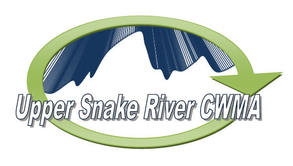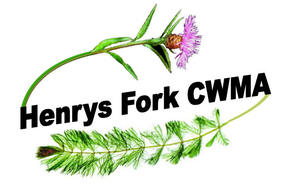Cooperative Weed Management Areas
BEFORE WEEDS TAKE HOLD... WE TAKE CONTROL!
Southeast Idaho's Cooperative Weed Management Areas work hard to manage, contain, control, and eradicate noxious weeds. They believe in sharing funds, equipment, staff, and ideas across jurisdictional boundaries in a coordinated and cooperative weed fighting strategies.
High priority weeds include:
- Leafy Spurge
- Spotted Knapweed
- Canada Thistle
- Dyer's Woad
- Rush Skeletonweed
The rapid spread of these noxious weeds is a serious threat to the ecology and economy of eastern Idaho.



